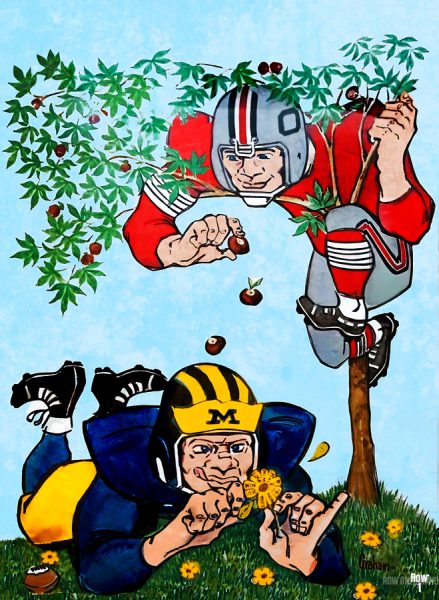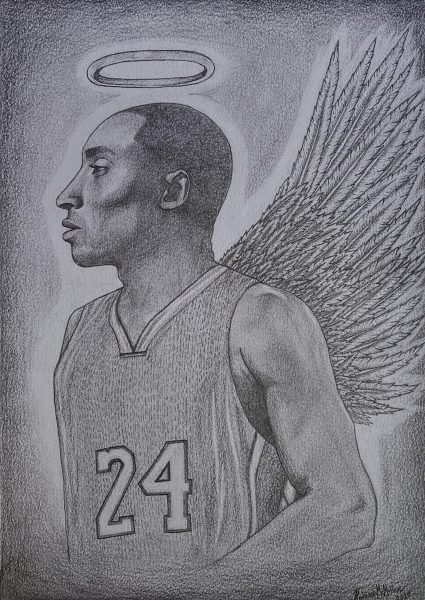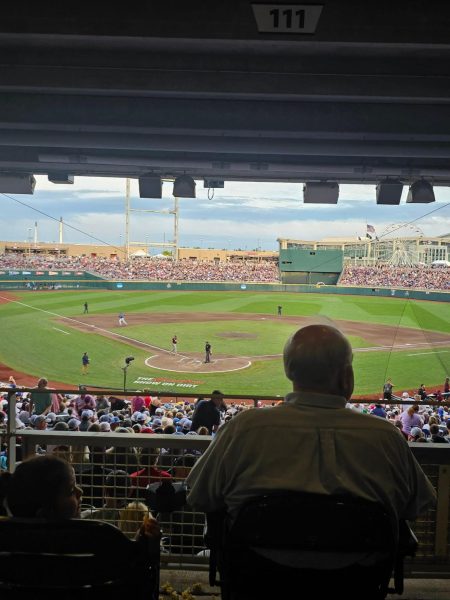The Layman’s Guide to Becoming an Art Aficionado
Nowadays art comes in many forms and styles, and it is important that the ‘would-be’ art connoisseur knows the basic art movements and styles that have come and gone. The following summaries will act as a guidebook to appreciating and recognizing the many different forms of paint based art, and the founders of the differing styles; one will be able to brag about their new found vast knowledge of art.
Let’s start this off chronologically:
Impressionism (1870-90): We’ll start this list of major art styles beginning at the cusp of the 20th century. Impressionism was the art movement that really kick-started modern art as we know it today. it was around this time that artists began experimenting with colors more than they had in the past. Artists during the period of impressionism sought to capture atmospheric effects, such as the effects of weather on the lighting and color of a painting. To do so, artists sacrificed the finely detailed painting techniques common for earlier art styles in favor of small, vibrant strokes that focused more on the color and atmosphere of the painting than the details within. Many famous artists such as Claude Monet and Pierre Auguste Renoir arose from this period, and works such as San Giorgio Maggiore at Dusk and Luncheon of the Boating Party remain widely appreciated today.
Post-Impressionism (1885-1905): This artistic movement arose from the remains of impressionism around the mid 1880’s. It’s considered less of an art style, and more of a departure from the limitations of impressionism. Post-impressionism focused more on the idea behind the art, than the realism of the art itself. The movement is considered to be the one that launched the radical change in art styles during the 20th century. post-impressionism is widely remembered for delving even deeper into vibrant color schemes that impressionism had begun to explore earlier. Famous artists such as Vincent Van Gogh, and Paul Cezanne arose from this period, though it was Van Gogh’s work though really encapsulates the entirety of the post-impressionist artistic style.
Fauvism (1905-1910): Fauvism, which was the artistic style of Les Fauves (translated loosely to “the wild beasts”) started around the time that post-impressionism was begging to die out. Lead mainly by two artists, Henri Matisse and Andre Derain, Fauvism is best characterized by it’s extremely vibrant color schemes, surpassing the post-impressionist’s color palates by leagues. In exchange for realism and attention to detail – which Fauvism lacked entirely – Les Fauves focused almost entirely on the emotion behind their paintings, and achieved that effect by using explosive color patterns and bold brush strokes. Some of the most quintessential pieces of Fauvist art to arise from this short five year period are Le séchage des voiles (The Drying Sails) by Andre Derain, and Woman With A Hat by Henri Matisse. Fauvism is also accredited for being the source of the next major art movement, German Expressionism.
German Expressionism (1905-1925) This movement beginning around the same time as Fauvism was composed of many lesser known artists who took the ideas of Fauvism and Post-impressionism and made a hybrid art style known as German Expressionism. Combining aspects of both Post-impressionism and Fauvism, artists such as Ernst Ludwig Kirchner were able to create pieces of art that were charged with spiritual and emotional intensity in their vision of the world.
Abstract Art (1907-…) Before we delve too deeply into the specifics of abstract art, it’s important to note that there are two major forms of abstract: Semi-Abstraction, and Pure Abstraction.
Semi-Abstraction contains elements that still have some correlation to representational art, and is home to abstract subsets such as Cubism, and Futurism (see below). Semi-Abstract art can be identified by it’s stylization of specific elements such as lines, color, shape etc in order to create a imaginative or simplified representation of an object. The important thing to remember is that, in some way or another, semi-abstract art is grounded in reality. Works by artists such as Salvadore Dali and Picasso fall under the category of semi-abstract.
Pure Abstraction on the other hand uses the visual elements of the piece independently as both the focus and main objects of the work. Pure Abstract subsets include styles such as Suprematism, De Stijl and Minimalism. Artists such as Jackson Pollock and Richard Pousette-Dart are artists which fall under the category of Pure Abstraction.
Though Abstract Art is a medley of various art styles, it draws most of it’s original ideas from Cubism. In fact, almost every piece of abstract art (semi-abstract especially) draws some sort of artistic style from cubism, which was the forefather of modern abstract.
Cubism (1907-1915) First developed around 1907 by Pablo Picasso and George Braque, Cubism was the first form of abstract art as we know it today. Cubism explored art in ways that had never been done before; artists believed that Western art styles had been exhausted, and began to explore the artistic styles of other cultures – specifically that of African origin. The style revolutionized art as we know it today by displaying multiple perspectives on one object within the same piece. By doing this, artists were able to break the confines of traditional artistic styles of ‘perspective’ realism by mashing different visual perspectives together into the same piece. The movement was so successful it spawned many different forms of abstract styles, such as Expressionism, Futurism, Orphism, Vorticism, Suprematism, Constructivism and De Stijl.
Futurism (1909-1914) Futurism was an artistic movement that sprung out of Italy during the early 1900’s as a form of rebellion against traditional styles of painting that had dominated the artistic landscape for centuries. To contrast the traditional forms of painting, Futurism celebrated the modernism by exploring industrialism, technology, and transport through unconventional painting styles. Specifically, Futurist painters adopted the style of Cubists, but their works had a more dynamic feeling that was centered around the feeling of movement. Notable artists of this style include Filippo Tommas Marinetti, Umberto Boccioni, Giacomo Balla, Gino Severini, the musician Luigi Russolo.
Suprematism (1915-1925) and Constructivism (1919-1930) I’m just going to lump both of these styles as they were relatively near each other in both time and artistic style. Suprematism was developed by the Russian artist Kazimir Malevich. This geometric style of art derived its components from Cubism and Futurism. Malevich rejected the idea that conventional or traditional images belonged in art, and based believed that Pure Abstraction was the key to opening the mind, as well as spiritual enlightenment. Suprematism is a form of Pure Abstraction that explores the mysticism in art, as well as the human mind.
Constructivism was also a form of Pure Abstraction, and is nearly identical in aesthetics to Suprematism. The only major difference between Constructivism and Suprematism is not in the style of the art itself, but the ideas present behind it. While Suprematism served to explore ideas related to thought, Constructivism served to further an idealogical purpose centered behind the social and political ideals of the Russian state. Constructivism can be best described as a blend between the ideals of Futurism, and the aesthetic styles of Suprematism. It was replaced by Socialist Realism following 1930, as it was too hard for the Proletariat class to understand or appreciate. Artists such as Tatlin, Rodchenko, El Lissitzky and Naum Gabo are best associated with Constructivism.
Dadaism (1916-1922) and Surrealism (1924-1939) These two artistic movements are known for their polar contrasts in the ideas behind their art. Dadaism, also known as Dada, was less of an art style and more of a creative form of anarchy, used in protest against the mounting World War in Europe. Dadaism features images crudely juxtaposed into one another to create a dark, or chaotic feeling from the work, which is representative of Europe at the time. Commonly, it was known as “anti-art” as its intended purpose was to destroy the popularity of common art styles. Inspired by the styles within Dadaism, Surrealism came about in response to Dadaism as a form of art that focused on the “lighter side” of life. Surrealist painters such as Salvador Dali explored painting styles that transcended any form of reality to create what they called a sur-reality, or superior reality. One common form of surrealism was called ‘psychic automatism’ in which the painter would paint in a form similar to “stream of consciousness”-esque writing.
Abstract Expressionism (1946-1956) Abstract Expressionism came about during the years after World War II in New York. Headed by several major artists such as Jackson Pollock and Richard Pousette-Dart, Abstract Expressionism quickly grew in popularity within America, and is one of the few American art movements to be widely appreciated worldwide. Abstract expressionism draws upon the automatism of surrealism, the spiritual poignancy of Suprematism, and a wide assortment of artistic techniques. This makes the style a bit ambiguous as it’s not easily contained into a specific style of painting, but is rather the bastard child of many different previous movements. As such, Abstract Expressionism is still widely popular today, though the movement itself has somewhat died out.
There you have it, you’re now a well-versed art aficionado. Of course, this guide only lays out the basics, but having a healthy understanding about the history of art, and it’s many movements is key to understanding and appreciating the art of today.







